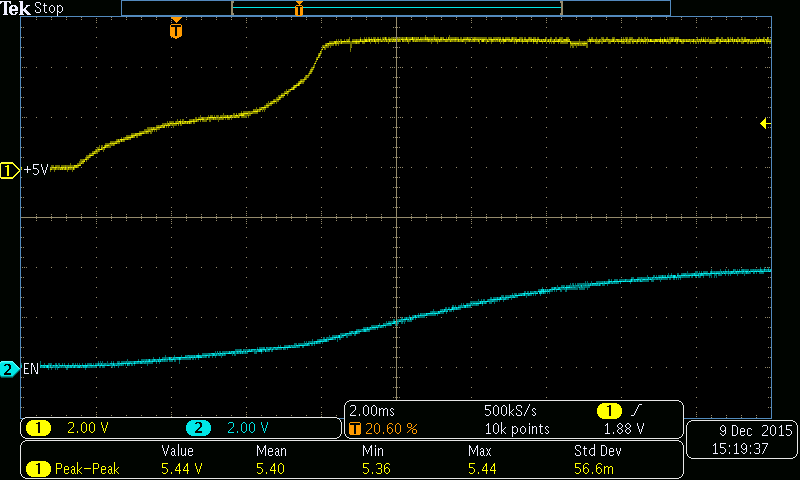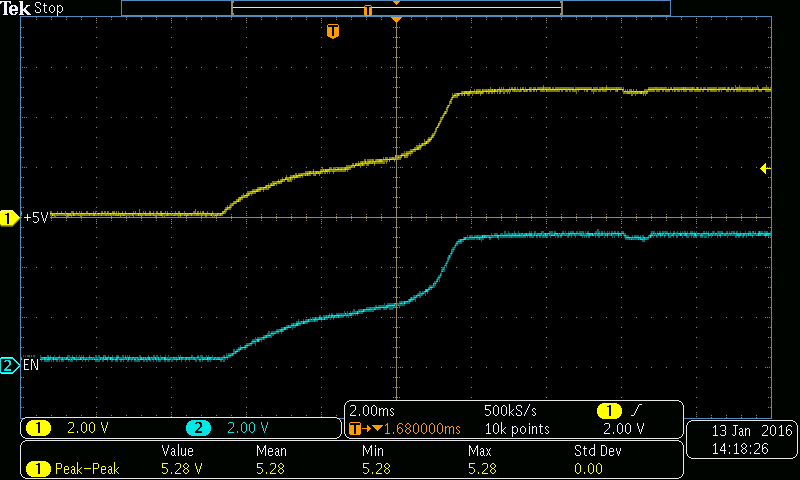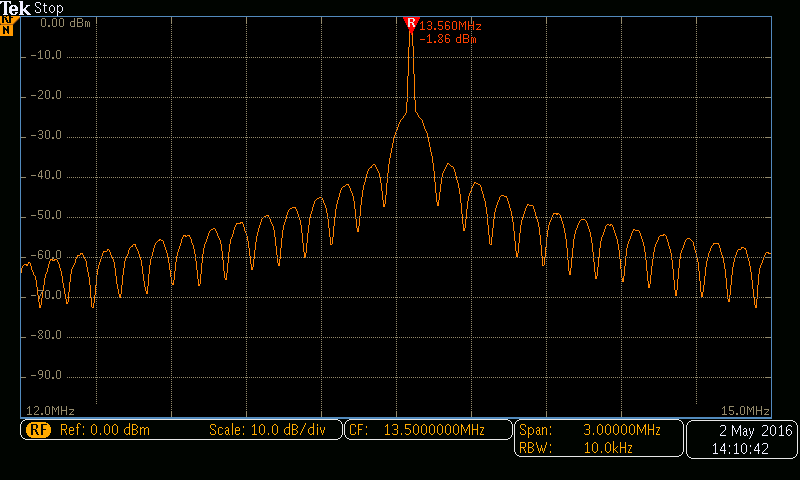We are using the TRF7960 in our RFID design and we are having some trouble getting a reliable RF reading using this device with certain production boards. I would like to review the design of our RFID board with the resident TI RFID expect and see whether there are areas for improvement
-
Ask a related question
What is a related question?A related question is a question created from another question. When the related question is created, it will be automatically linked to the original question.








